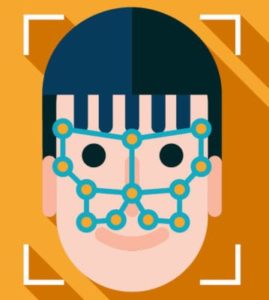“Smile liveness is being billed as a semi-active liveness solution, and is available as part of the Innovatrics Digital Onboarding Toolkit. Clients can integrate the solution into their own customer-facing apps using the Innovatrics SDK.”

Innovatrics is trying to split the difference in the debate between active and passive liveness detection. The company has released Smile liveness: a new solution that is designed to provide clients with a higher level of assurance while still delivering a seamless identity verification experience for end users.
In that regard, Innovatrics only supported active liveness detection when it first started offering the service. The company’s solution asked people to follow a moving dot around the screen to ensure that they were present and could respond to the request. However, Innovatrics eventually upgraded to passive liveness detection in 2020, with an iBeta-vetted solution that can confirm liveness with a single image.
With Smile liveness, the liveness check begins with a selfie, which is used to match the user to the image on their photo ID. Once the selfie has been captured, the user is asked to smile, and Innovatrics’ solution will automatically capture several more frames to mark any changes in that person’s face and mouth. The process is much simpler than the dot, and the extra frames provide the Innovatrics algorithm with more data to support a more accurate decision.
Since smiling is so simple, Innovatrics believes that Smile liveness is able to do that without adding any friction to the process. That means that the solution provides clients with more security without leading to an increase in customer abandonment rates.
Smile liveness is being billed as a semi-active liveness solution, and is available as part of the Innovatrics Digital Onboarding Toolkit. Clients can integrate the solution into their own customer-facing apps using the Innovatrics SDK. Innovatrics has taken several steps to improve its passive liveness detection capabilities in the past few months, first with the addition of two new algorithms in October, and then with the addition of new filters in December.

Follow Us